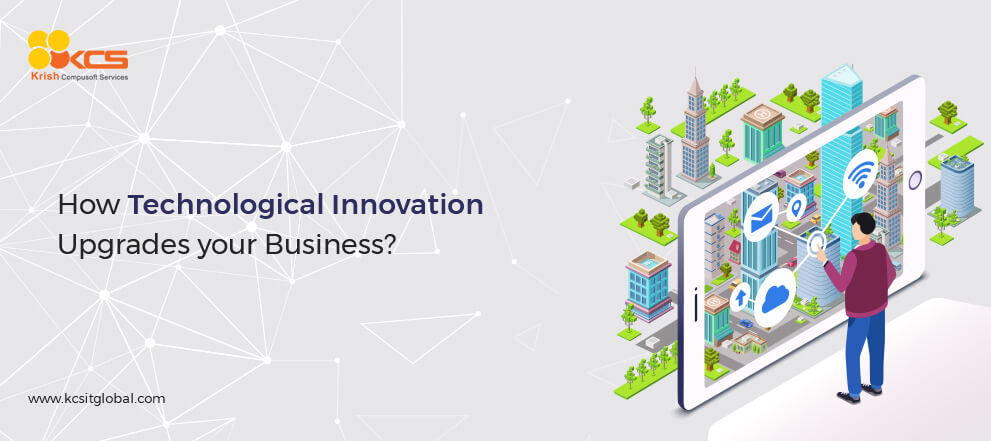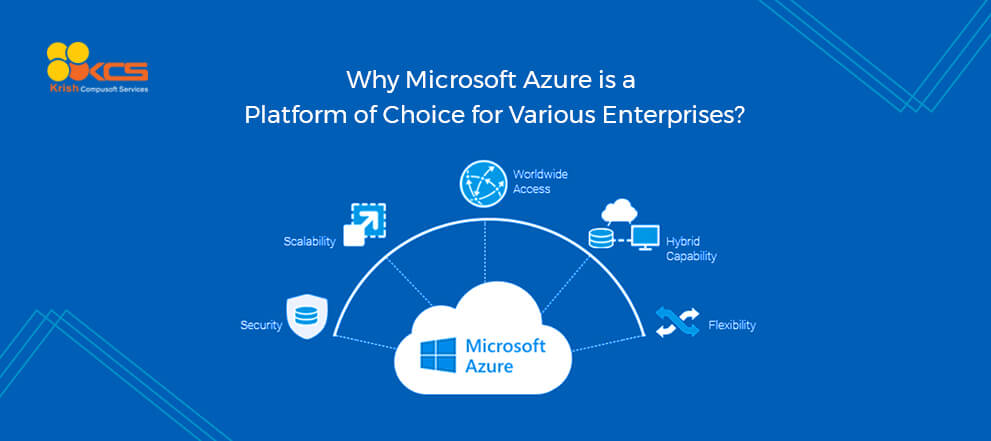
Category: Hi-Tech
How technological innovation upgrades your business?
In the past few years, Business Intelligence has been revolutionized. Data has exploded and became huge. BI and data analytics are evolving at a tremendous rate. This year, business intelligence strategies and data analytic tools are becoming increasingly customized. Businesses of all sizes want to utilize these tools and strategies to the fullest in order to increase productivity and profitability. 2018 is the year of NLP, AI, predictive analytics tools and many more. It helps in driving strategies in order to receive clean and reliable data with a simple and powerful presentation.
Have a look at these technological innovations which can help you upgrade your business.
1) Natural Language Processing
NLP is a branch of AI which is related to human language understanding by computer language. It is based on deep learning and linguistics to improve the understanding of the program by analyzing a huge amount of data in order to search for relevant correlations. These days, we have seen NLP developing in predominance, pervasiveness, and sophistication. As soon as developers continue to increase their understanding of NLP, the integration of it into unutilized areas will also grow.
According to the prediction of Gartner,
“By 2020, 50 percent of analytical queries will be produced by the means of search, voice, or NLP”. It also predicts that, “75% of employees whose daily tasks include the utilization of business applications will approach to intelligent personal assistants by 2019 in order to increase their abilities, expertise, and skills.”
Introducing NLP in business analytic tools will remove the obstacles to BI by bringing down and genuinely democratizing information. This would let the enterprises spend additional time in more critical tasks. It helps in escalating the company’s business intelligence strategy and increases productivity.
2) Data Governance
“Data governance is the process of making decisions and authority for the matters related to data”.
Organizations are increasing their focus on the governance and quality of data. They are trying to strike a balance between data access and security.
New tools and methods for data preparation are helping to fuel this trend while decreasing the cultural difference between business and technology. Data governance can elongate the culture of analytics and meet various business needs. If an enterprise has centralized, clean and rapid data sources, their productivity naturally boosts up.
The enterprises are trying to revive the trust and reliability back into the practices of analytics. More collaborative processes are helping both the IT teams and users to agree and implement the recent models of data governance. This will maximize the business analytics value while not endangering security.
3) Growing Importance of the CDO
Today, data and analytics are at the core of every business. As enterprises evolve, they are organizing the next level of strategic focus and accountability in relation to their analytics. Initially, most BI tasks were assigned to the CDO (Chief information officer). But today, the CDO’s are assigned to data management only. Gartner says“By 2019, 90% of large organizations will have the role of CDO.”
The task of a CDO is to develop a system in such a way that information can be leveraged across any business units within an enterprise; from finance to marketing to sales. Moreover, a CDO provides all the users with a reliable, polished, and ready-to-use data. They need to guarantee that value can be extricated, and are consequently result-centered.
The role of a CDO is essential for the good management of the information assets of the company and to provide improved efficiency in data analysis in order to get a competitive benefit in their BI strategy.
4) Predictive and Prescriptive Analytics Tools
Predictive analyticshelps to extract information from existing sets of data to forecast future probabilities. It includes estimated future data. It depicts the risks and opportunities of the future based on the data. It also provides various alternative scenarios for the enterprise. Enterprises use predictive analysis to analyze recent data and past information in order to understand customers, products, and partners in a better manner.
Among various different methods of predictive analytics, two methods attracted the most publicity.
They are:
- Artificial Neural Networks (ANN)
- Autoregressive Integrated Moving Average (ARIMA)
analysis content or data in order to determine a particular kind of decision and steps to meet the intended goals. There are various techniques for this including neural networks, machine learning, analysis of graphs, processing of complex events and so on.
Prescriptive analysis tries to determine the effect of future decisions in order to adjust the present decisions before they are really made. It improves the decision-making process as a result of the prediction of future decisions. Prescriptive analytics can help enterprises optimize production, inventory, scheduling, and supply chain design in order to deliver the needs of the customers in the most optimized manner.
5) The Multi-Cloud Strategy
The omnipresence of the cloud is not a new thing for anyone who stays up-to-date with BI strategies. A lot of enterprises are moving their huge amount of data and applications to the cloud. According to Gartner,
“By 2019, 70% of enterprises will have multi-cloud as a common strategy”
Organizations are evolving according to the environment and therefore they take into account risks, speed, expenses, and intricacy. This makes it difficult for them to depend on a single solution fulfilling their every need.
Opting for a multiple cloud strategy is advantageous. It reduces risk and increases flexibility. But on the other hand, the enterprise needs to train the employees in utilizing several platforms. While the multi-cloud strategy is rising in 2018, it is a debatable choice among various enterprises.
Organizations should survey their necessities and capacities of implementation, in order to know whether it would be useful and profitable to involve a multi-cloud strategy in their business.
Recent posts
-
KCS Joins Forces with Biarca on Cloud Security, Announces Completion of Strategic Acquisition
March 30, 2022
-
Krish Compusoft Services (KCS) appraised at (CMMI)® Maturity Level 5
November 04, 2021
-
KCS commemorates its 20th anniversary with a series of exciting activities and announcements
August 15, 2021
Articles
-
How Utilities are Adapting to the ‘New Normal’ Post Pandemic in the Realm of Customer Experience (CX)
February 02, 2022
-
How Enterprise Logic Apps Create Business Value for Azure Users
November 15, 2021
-
Accelerate Your Journey To Smart Manufacturing Transformation - The Ecosystem Approach
October 26, 2021









